By Tara Young
Throughout history, hair has been more than just a physical feature we cut and colour every couple of months. It has served as a powerful tool for self-expression and a symbol of rebellion, identity, and solidarity. From the early 20th century to the present day, activists from various social and cultural movements have harnessed the power of hair to challenge societal norms, fight for justice, and promote change.
Reflecting both personal beliefs and political ideologies throughout history; Afro styles became intertwined with The Civil Rights Movement, symbolizing the significance of natural hair and embodying the ethos of "Black is beautiful." Punks utilized their hairstyles as a rebellion in favour of anti-establishment aesthetics, rejecting conventional norms. More recently in Iran, women have taken to the streets to cut their hair in response to the death of Mahsa Amini and the repressive treatment of women in the country, which also sparked global solidarity spread by social media.
Hair has always served as a visual shorthand, communicating profound messages beyond its surface appearance. We take a look at how hair has featured prominently in a way of activism from 1900 to 2023.
The Early 20th Century
In the early 1900s, African American activists such as Madam C.J. Walker and Marcus Garvey embraced natural hair as a form of resistance against Eurocentric beauty standards and racial discrimination. By promoting the idea of embracing one's natural hair texture, they encouraged a sense of pride and self-acceptance within the Black community.
The Roaring Rebellion of the 1920s
The 1920s was a transformative era marked by social, cultural, and political change. In the midst of this vibrant period, hair became a powerful symbol of activism, challenging traditional gender roles and societal expectations. Shorter styles such as Bobs were popularized by performers such as Louise Brooks and Josephine Baker, who became iconic symbols of women's empowerment. Bobbed hairstyles challenged the notion that femininity was tied to long, flowing hair as it previously had been, and instead embraced a more practical and individualistic approach to beauty.
Josephine Baker's influence extended beyond her performances, as her iconic baby hairs became symbols of Black hair innovation, defying conventional norms and leaving an indelible mark on fashion and Black cultural expression.

Louise Brooks, an icon of the flapper culture with an ultra-cool Lulu bob.

Josephine Baker boldly challenged gender and racial stereotypes through her distinctive style, popularizing Baby Hairs and styled gelled edges.
The Civil Rights Movement
During the Civil Rights Movement of the 1950s and 1960s, hairstyles such as Afros and braids became important symbols of Black pride and cultural identity. Civil Rights activists like Angela Davis, with her signature afro, embraced their natural hair as a political statement against systemic racism and inequality.
By proudly embracing her natural hair texture, Davis reclaimed her Blackness, rejected societal expectations, and asserted her right to self-expression. Her afro became an iconic representation of Black empowerment and a visual statement against systemic racism, inspiring others to embrace their natural beauty and celebrate their heritage.
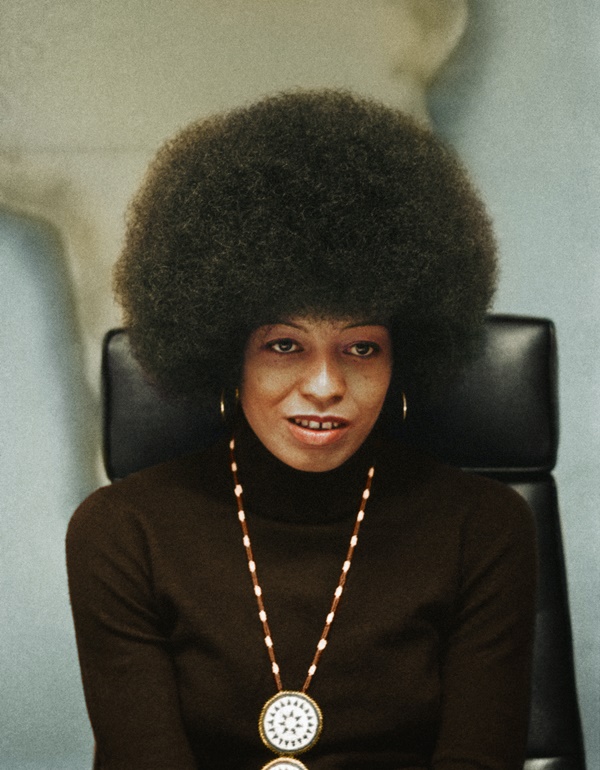
Angela Davis' afro served as a powerful symbol of Black pride, political resistance, and cultural identity.
The Women's Liberation Movement
In the 1960s and 1970s, the Women's Liberation Movement challenged conventional beauty standards imposed on women. Activists like Gloria Steinem and Betty Friedan fought against the societal pressure for women to conform to unrealistic beauty expectations, including long, straight hair. Once again, shorter hairstyles, such as the pixie cut or the bob, became a symbol of women's liberation and a rejection of patriarchal norms.
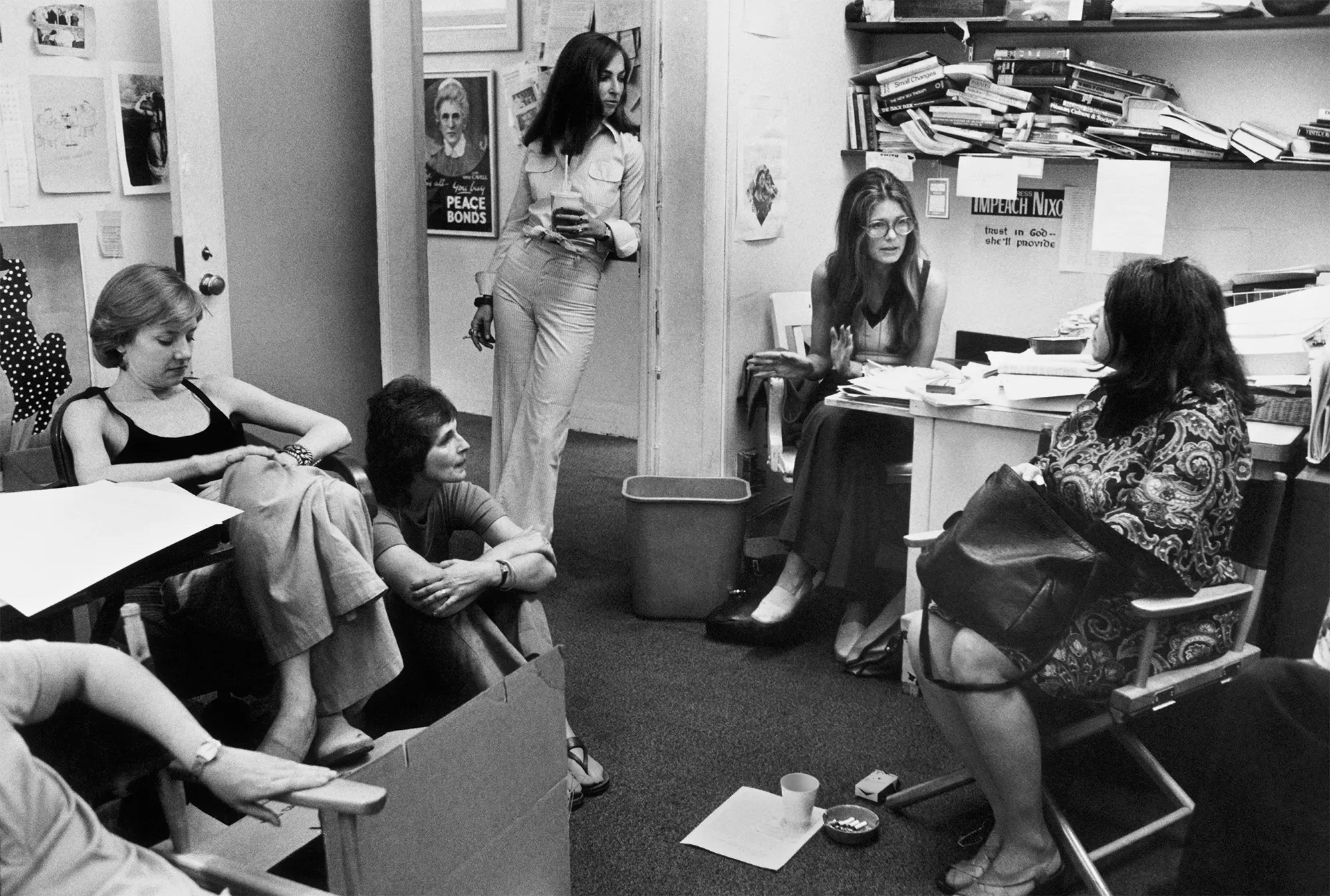
Gloria Steinem at a staff meeting for Ms. magazine, NYC 1975. Image photographed by Jill Freedman.
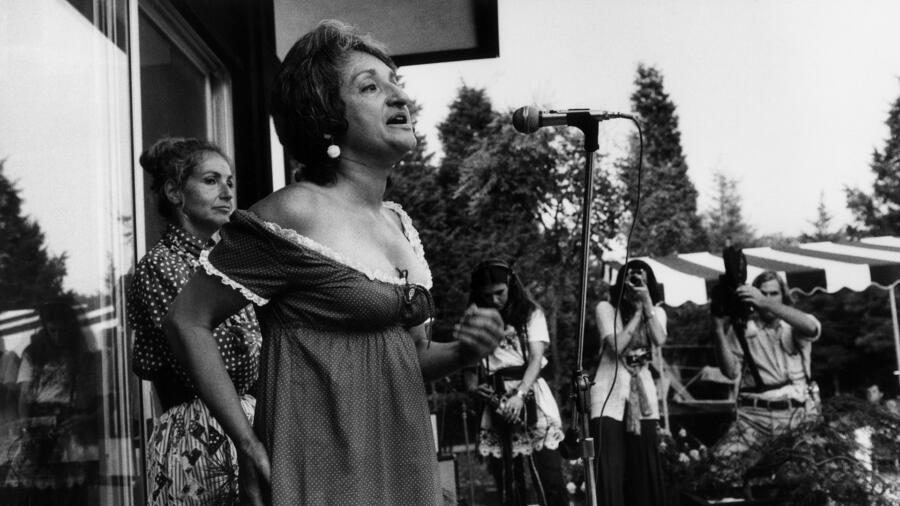
In 1970, Betty Friedan organized the Women’s Strike for Equality, where 50,000 feminists paraded down Fifth Avenue commemorating the 50th anniversary of the 19th amendment and demanding more rights.
A Modern Life
Mod youth culture began in the postwar era as a way for teenagers to reshape modernity after the chaos of World War II; embracing music, dance, fashion, and freedom. Essential aspects were challenging gender roles and rebelling against societal expectations, such as breaking away from the submissive housewife era, as they sought to forge a new identity for young Brits, one that celebrated individuality and liberation from traditional gender norms.
For men, hairstyles often featured a clean, sharp look with "short back and sides" or the iconic "mop-top" made popular by The Beatles. Women's mod hairstyles were diverse, ranging from short pixie cuts to geometric bobs and even longer, sleek hairstyles inspired by fashion icons like Twiggy and Jean Shrimpton. Mod hairstyles were also influenced by multiculturalism and influences from other cultures that were prevalent in the mod culture.
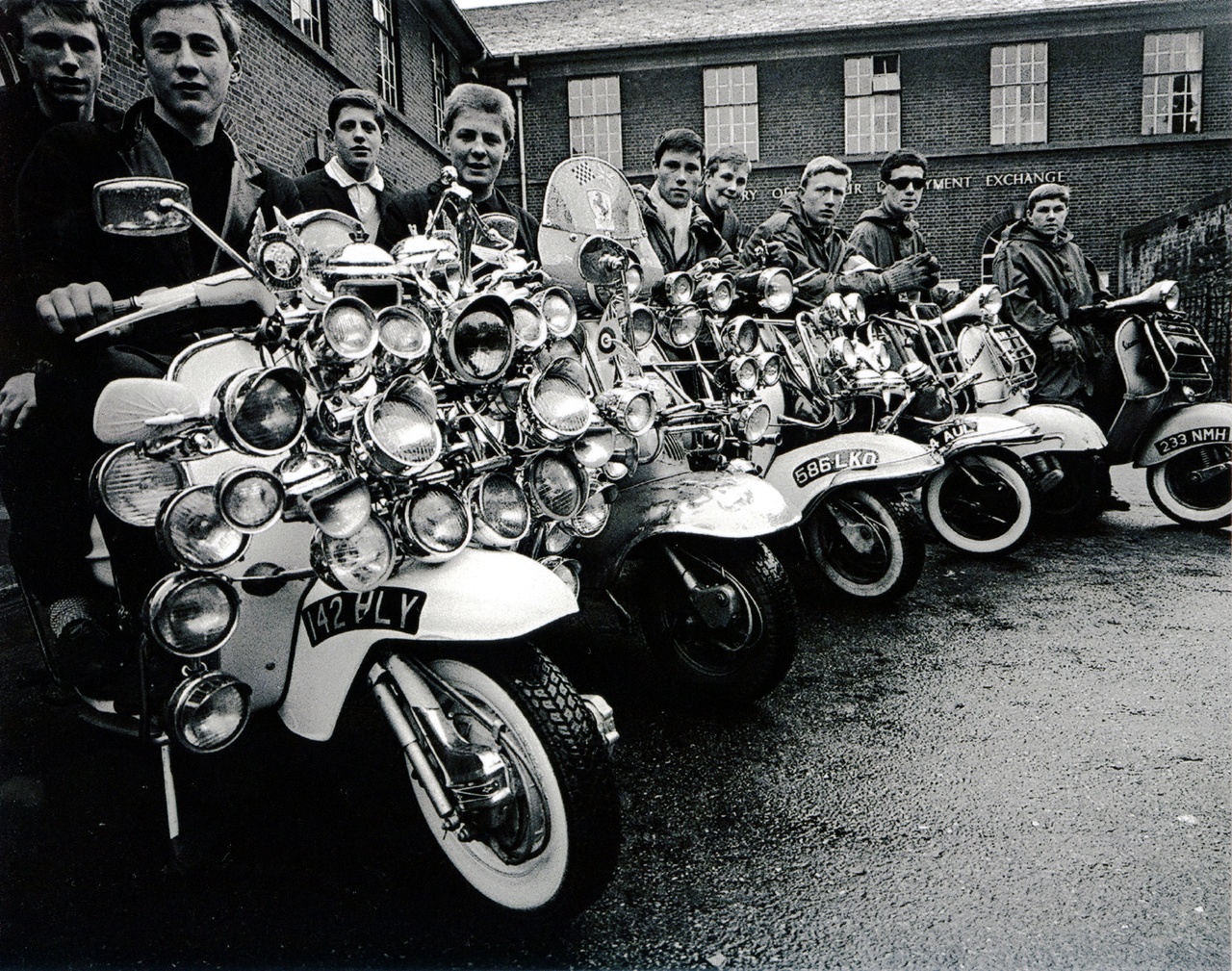
Britain was said to be in a "moral panic" as short-skirted women and well-dressed men in Italian suits roamed the streets on scooters.

Mod women in the 1960s.
Peace and Love
The 1970s witnessed a significant rebellion and protest against societal norms, commercialism and the Vietnam War.
As the Vietnam War raged on young people proudly wore their Afro's and grew their hair long as an emblem of defiance, signifying their rejection of the tidy and well-groomed styles favoured by their parents.
These free, natural hairstyles served as a deliberate departure from the clean-cut and uniform military hairstyles associated with the ongoing conflict, creating a stark contrast and symbolizing their distance from the war.

The Punk Movement
In the 1970s and 1980s, the punk movement emerged as a countercultural force. Punks with spiked mohawks, wild multi-colour cuts, shaved heads and a DIY look spearheaded the anti-establishment aesthetic.
To be punk is to subvert and disrupt the status quo, especially in the way others portray you. Punk hairstyles visually identified this rebellion and nonconformism.
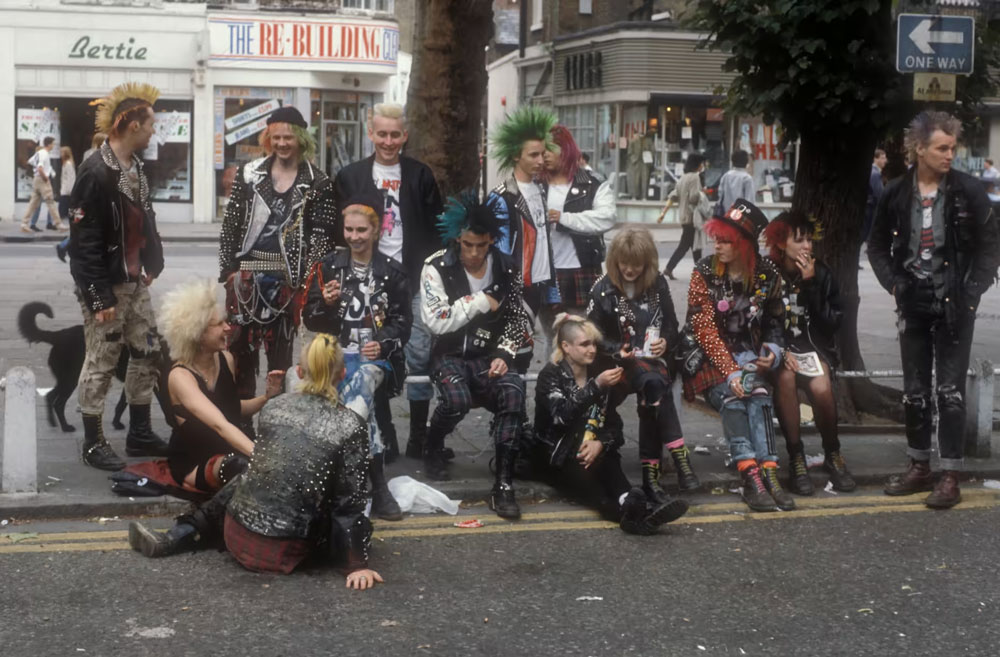
Image: Punk Gang on Kings Cross Road, London by Chris Parker 1983
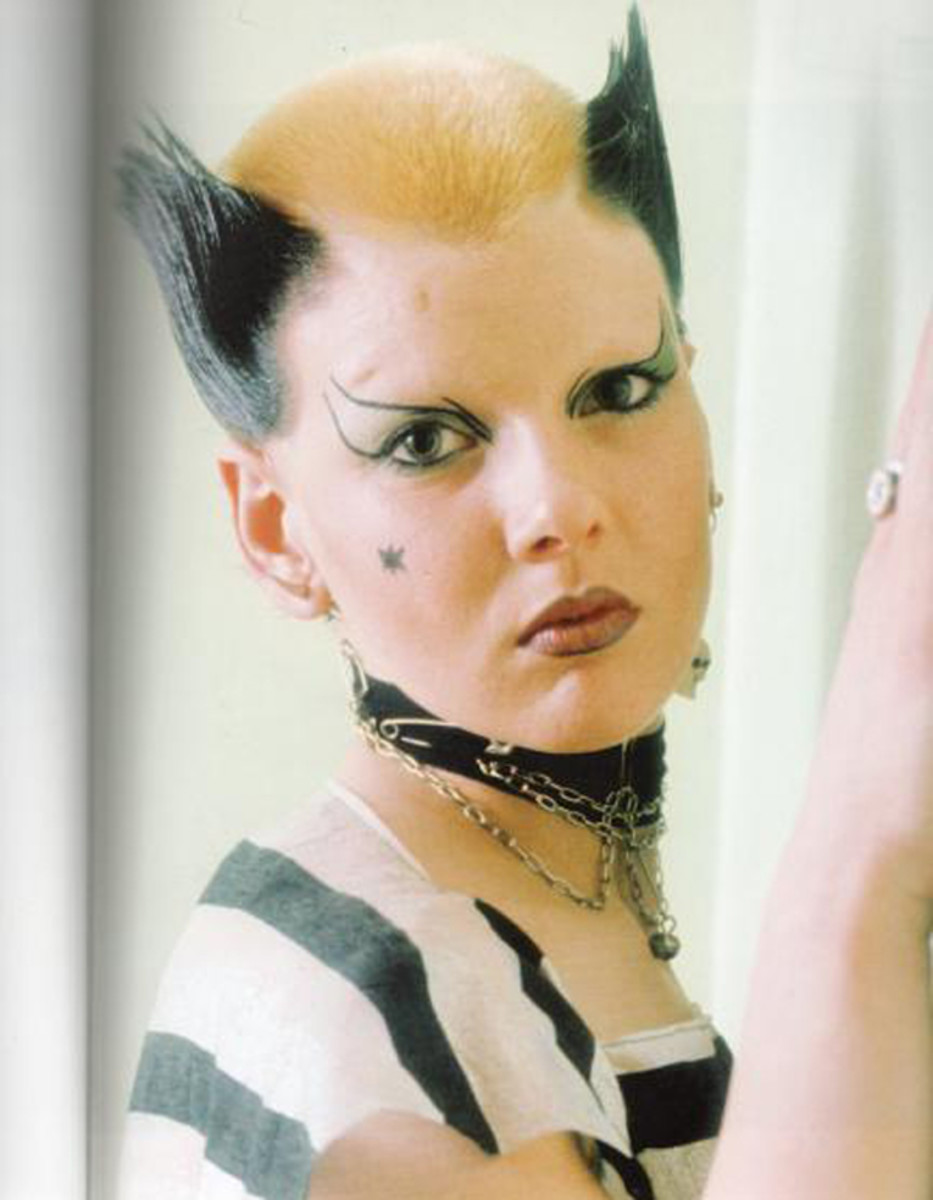
Catwoman, Soo Lucas, 1977
The Natural Hair Movement
The natural hair movement started these conversations in the 1960s when it was intertwined with the fight for civil rights. Fast forward to the present day and the natural hair movement conversation continues, gaining momentum, celebrating and embracing the diverse range of hair textures within the Black community with the help of online communities and social media.
That liberation influenced the Official CROWN Act, which means Creating A Respectful And Open World For Natural Hair, created in 2019. This is legislation designed to prohibit discrimination based on natural hair textures and hairstyles. It aims to protect individuals from being subjected to unfair treatment, employment discrimination, or harassment due to their natural hair or protective styles.

Solange
Attention to Climate Change
Vivienne Westwood was a fierce activist and a longtime campaigner for the environment, having previously protested against oil drilling in the Arctic and fracking. Over the years pulled off many protests and stunts to raise awareness of the climate crisis.
She shaved her trademark red hair to draw attention to climate change, drove a tank to David Cameron's home in Oxfordshire whilst he was prime minister to protest against fracking, and also lobbied against the British government to ban the sale of fur.

What does shaving her hair have to do with climate change? Known as the Godmother of Punk, naturally Vivienne Westwood's haircut is a symbolic move.
Me Too Movement
The Me Too movement founded in 2006, gained momentum in 2017 after #MeToo went viral online. Developed to raise awareness about the prevalence of sexual harassment and assault, particularly against women. Encouraging survivors to share their experiences, it seeks to challenge the culture of silence and promote accountability for perpetrators.
Rose McGowan, became one of the most prominent figures of the #MeToo movement for speaking publicly about Harvey Weinstein and later shaving her head, labelling it a “battle cry” against society's expectations of women. Her shaved hair became a visible statement of her solidarity with survivors of sexual assault and her involvement in the movement.
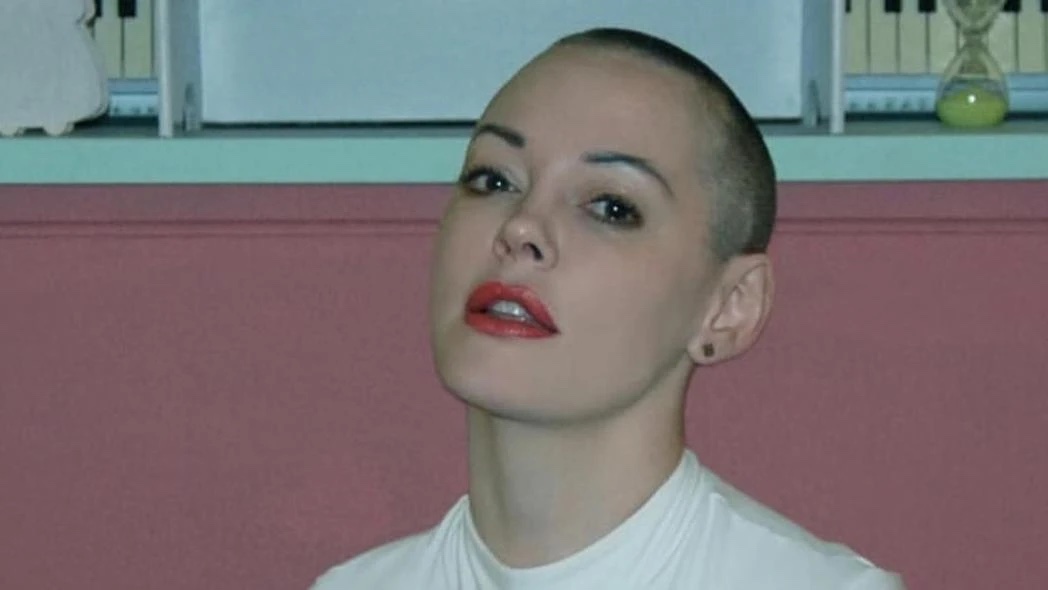
Rose McGowan photographed by Grant Lamos, 2018
Woman, Life, Freedom
For many Iranian women, cutting off hair is a poignant form of protest. The mandatory hijab policy in Iran requires women to cover their hair with a headscarf in public spaces. Cutting their hair has become a symbolic gesture of resistance, as it directly challenges the state-imposed dress code that restricts women's personal freedoms.
It reflects a larger movement for gender equality and women's rights in Iran, as women continue to push back against oppressive regulations and demand greater freedom to express themselves as individuals. Most recently, these global demonstrations have expressed mourning and solidarity with Iranian protestors after Mahsa Amini, a 22-year-old woman died 3 days after being detained by morality police for allegedly wearing her hijab "improperly".
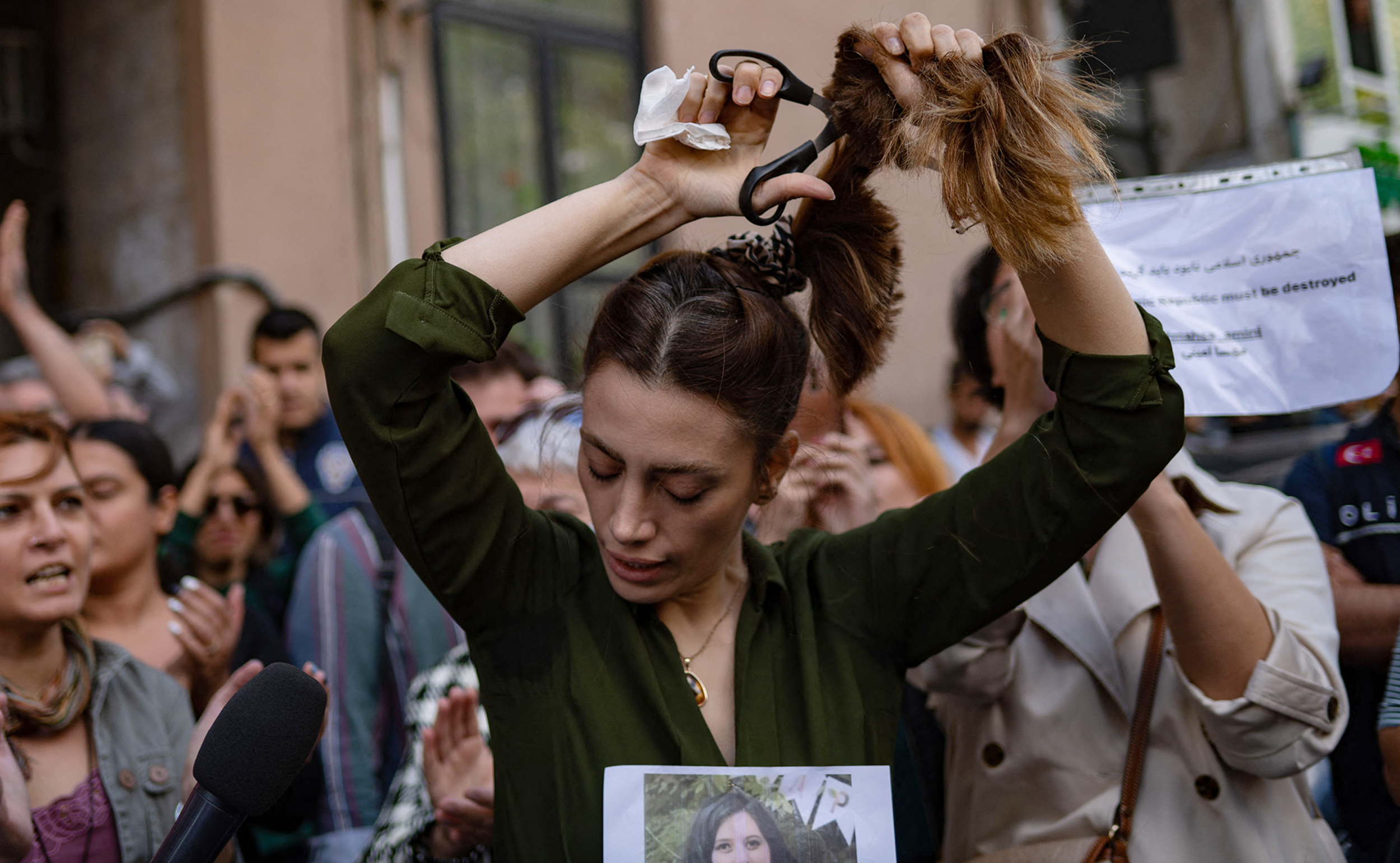
Image: Yasin Akgul via Getty Images

Image: LA Times
Throughout the years, hair has been used to challenge social norms and amplify marginalized voices. A silent symbol used to protest against oppressive systems, reclaim cultural identity, and demand societal change. The symbolic power of hair continues to resonate, reminding us of the enduring role it plays in activism and the pursuit of social justice.


